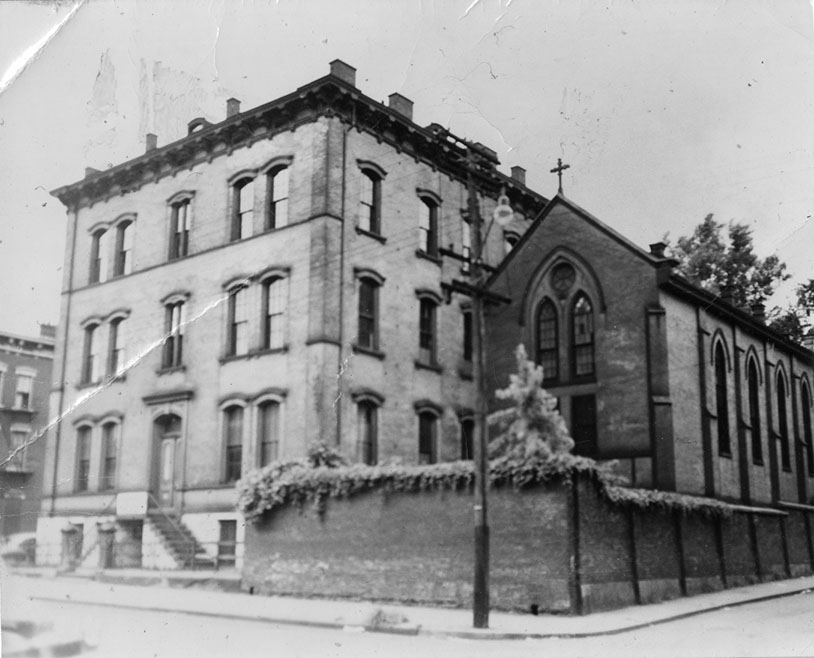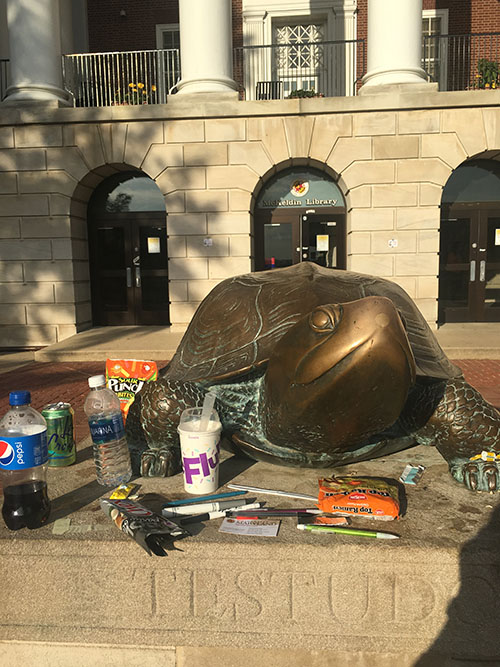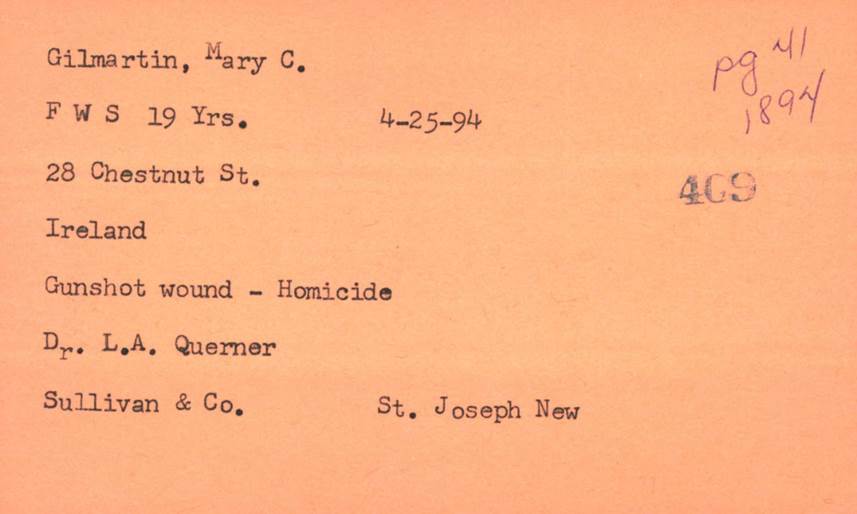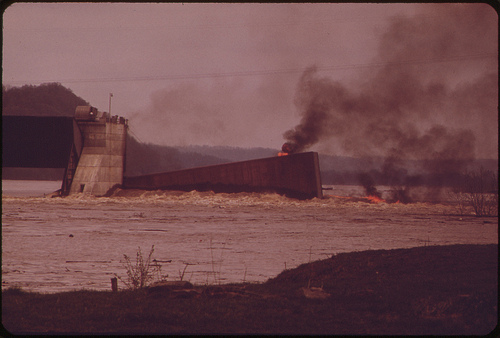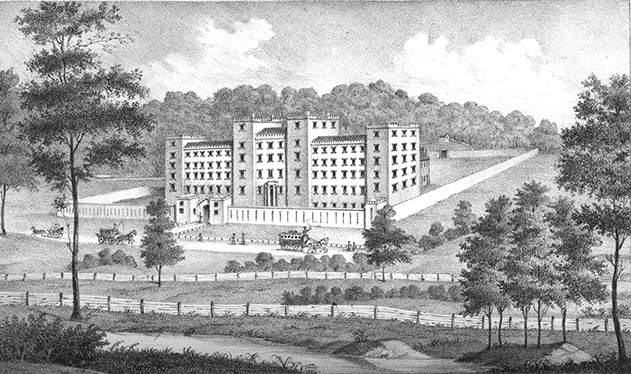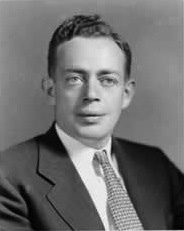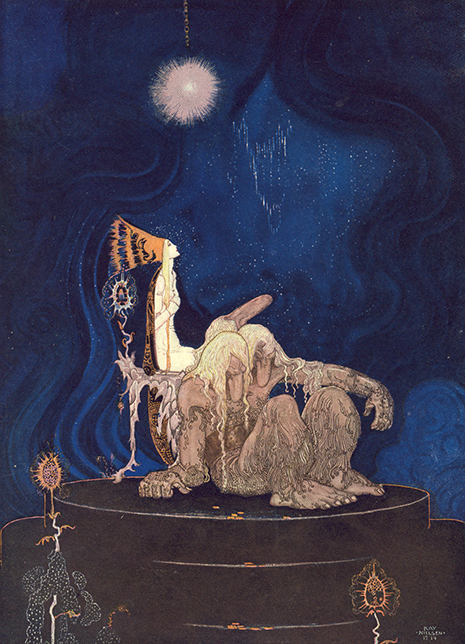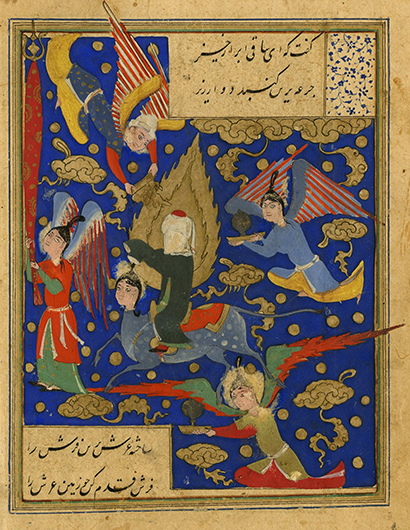By: Savannah Gulick, ARB Student Assistant
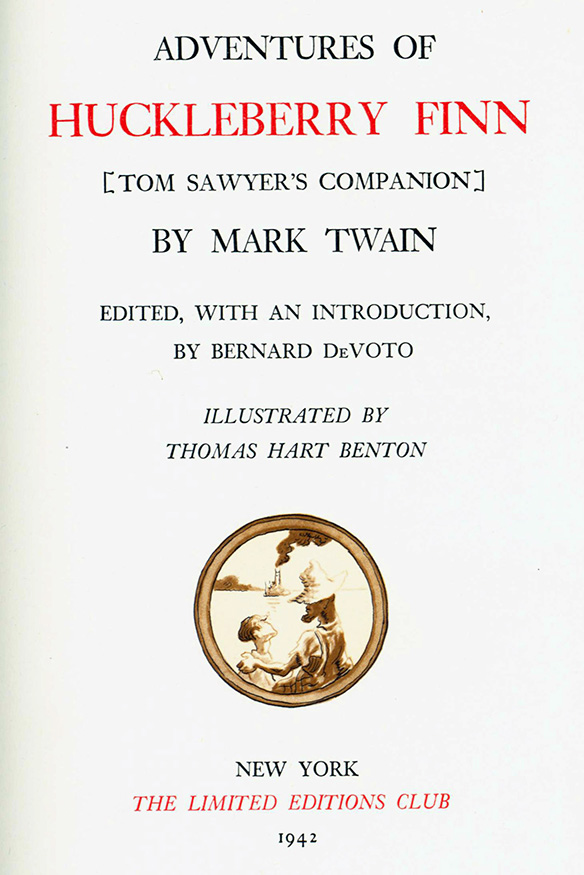 In my Honors seminar, “The Culture of Books and Reading,” we were asked to choose a rare book from the holdings of the Archives & Rare Books Library to analyze and write about, and the book I chose was The Adventures of Huckleberry Finn by Mark Twain (a personal favorite of mine). Our first task was to analyze the physical features of our chosen books. Prior to this class, I really never cared to thoroughly look over a book; rather, I would just dive right in to the story. It truly is surprising how much you can learn from just examining a book. What I found about my book, just by looking, was that it is a limited edition (only 1500 copies produced), published in 1942 by The Limited Editions Club. The book is hardcover and bound in a typical library buckram that is colored mustard yellow. Considering it was issued in 1942, the printing is very clean and still in good condition on sturdy, white pages. This limited edition contains 45 illustrations done by the Americana artist Thomas Hart Benton and they’re beautiful, fitting right in with the theme of Twain’s novel. Overall, the book contains 396 pages and is still in good condition. Continue reading
In my Honors seminar, “The Culture of Books and Reading,” we were asked to choose a rare book from the holdings of the Archives & Rare Books Library to analyze and write about, and the book I chose was The Adventures of Huckleberry Finn by Mark Twain (a personal favorite of mine). Our first task was to analyze the physical features of our chosen books. Prior to this class, I really never cared to thoroughly look over a book; rather, I would just dive right in to the story. It truly is surprising how much you can learn from just examining a book. What I found about my book, just by looking, was that it is a limited edition (only 1500 copies produced), published in 1942 by The Limited Editions Club. The book is hardcover and bound in a typical library buckram that is colored mustard yellow. Considering it was issued in 1942, the printing is very clean and still in good condition on sturdy, white pages. This limited edition contains 45 illustrations done by the Americana artist Thomas Hart Benton and they’re beautiful, fitting right in with the theme of Twain’s novel. Overall, the book contains 396 pages and is still in good condition. Continue reading

